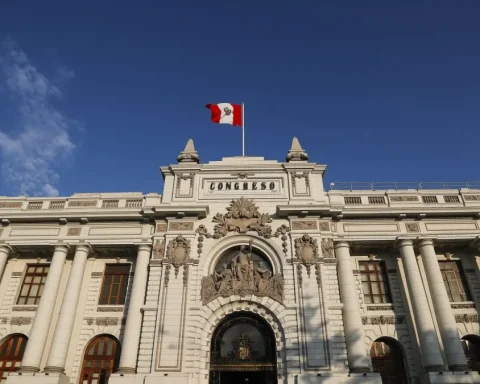The General Price Index – Market (IGP-M), which generally serves as a basis for adjustments in property rental contracts, rose 0.29% in August. Despite the increase, the rate represents a slowdown compared to the previous month, when an increase of 0.61% was recorded.
The result was released by the Getulio Vargas Foundation this Thursday (29). In the last 12 months, the index has accumulated growth of 4.26%. Considering the evolution since January 2024, there was an increase of 2%.
A year ago, in August of last year, the IGP-M was experiencing a different scenario and recorded deflation of 0.14%, i.e. negative inflation. At that time, the index had accumulated a drop of 7.2% in the last 12 months.
Calculated by the FGV, the IGP-M seeks to measure inflation. However, it has a different methodology than the Broad National Consumer Price Index (IPCA), calculated by the Brazilian Institute of Geography and Statistics (IBGE) and considered the official inflation index in the country.
Still, the IGP-M is taken into account in some businesses, and it is commonly chosen as a reference for annual adjustments in housing contracts. For this reason, the index is known as “rent inflation”. It is also often used as an index for contracts with service companies, such as electricity, telephony, education and health plans.
The IGP-M is composed of three price classes: the Broad Producer Price Index (IPA), which measures the variation in wholesale costs; the Consumer Price Index (IPC), which calculates the household consumption basket; and the National Construction Cost Index (INCC).
Wholesale
All three indexes recorded a slowdown in the transition from July to August. The IPA advanced 0.29%, below the 0.68% of the previous month. The main factors that contributed to the reduction in the growth rate were the prices of commoditiessuch as iron ore, soybean meal and beans.
The Consumer Price Index (CPI) recorded a variation of 0.09% in August, falling in relation to the 0.30% rate observed in July. Among the eight expenditure classes that make up the index, six of them recorded a slowdown. The greatest impact came from the Education, Reading and Recreation group, whose variation rate went from 2.00% to 0.48%. The INCC variation rate remained stable, going from 0.69% to 0.64%.















